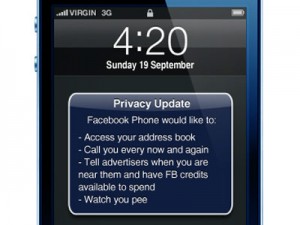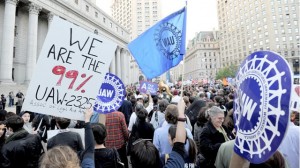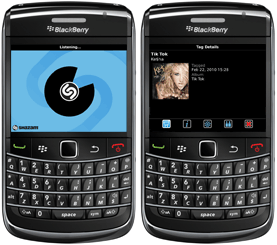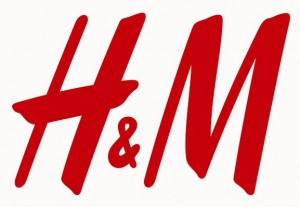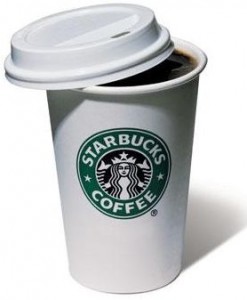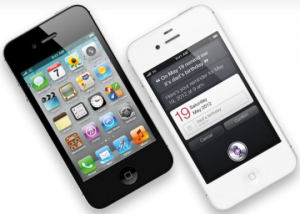Facebook has enlisted Taiwan’s HTC to help them produce a new smartphone, nicknamed “Buffy”. It will run on a tweaked version of Android and have Facebook’s services deeply integrated into the phone. Because they have heavily modified the Android system, they may not be able to use Google’s services, such as a media player and app store, and will have to find their own service provider for these things.
I believe that Facebook’s phone is a pointless venture because there are already so many “Facebook phones” on the market. Most smartphones these days already have Facebook apps, and for those true Facebook addicts, there are many phones already in existence with special Facebook functions. This market has already been fulfilled, and producing another phone to add to the mix doesn’t seem like a good investment. Nowadays, people also view Facebook as a greedy, selfish company that is set on taking all their private information and selling it, which doesn’t exactly make people eager to buy their products. And with companies like Apple and Google dominating the market, it is not wise for Facebook to fight against them rather than partner up with them. At the end of the day, Facebook is merely a social media service, and it will need more than that to succeed in the mobile market.
